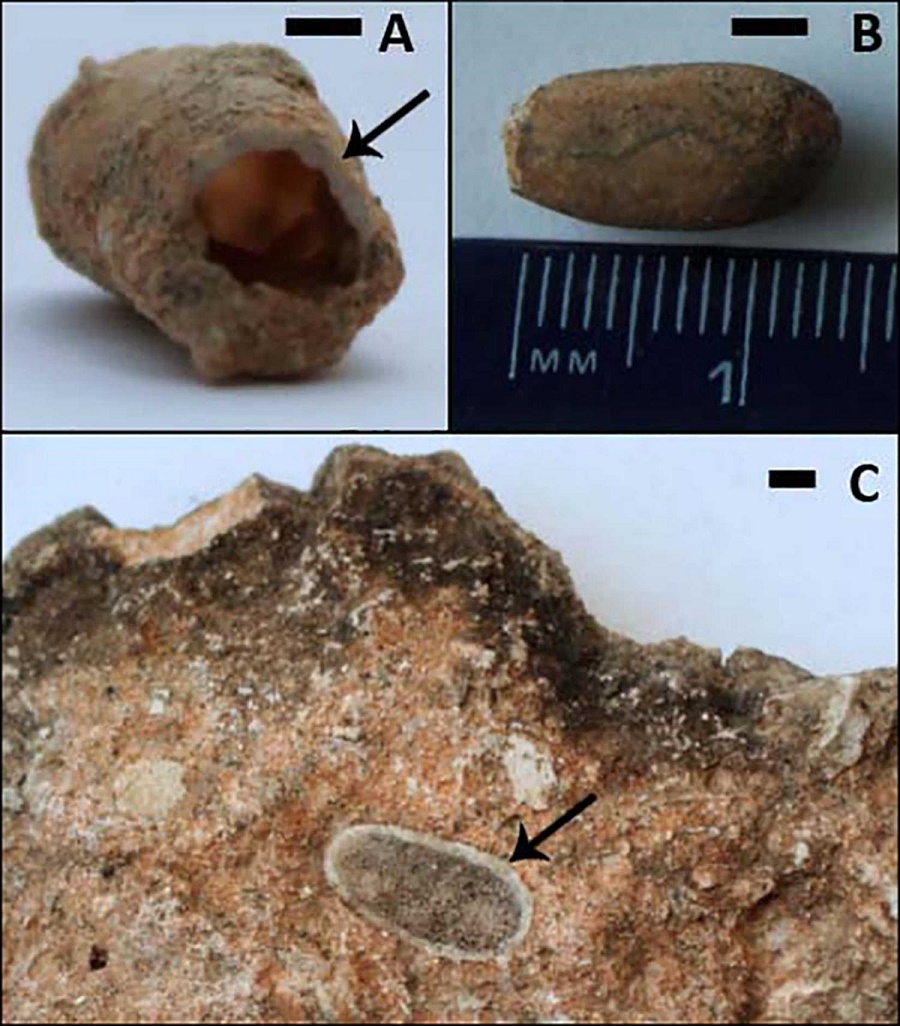Analysis of the first fossil bee nest from the Plio-Pleistocene of South Africa suggests that the human ancestor Australopithecus africanus lived in a dry savannah environment, according a study published in the >open-access journal PLOS ONE by Jennifer Parker from University College London, United Kingdom, and colleagues.

Little paleoecological information is available for the site in South Africa where the first Au. africanus fossil—the 'Taung Child'—was discovered. However, insect-related fossils, abundant at the discovery site, can yield insights into the paleoenvironment. Bees, for example, tend to build characteristic nests in characteristic conditions. Parker and colleagues analyzed CT scans of a fossil bee nest that was discovered near the Taung Child site to determine its internal structure and thus the kinds of bees that built it.

The fossil nest was exceptionally well preserved, and the structure of its cells and tunnels suggested that it was made by a ground-nesting solitary bee. These bees typically nest on bare, light, dry soil that is exposed to the sun, which bolsters other recent evidence that Au. africanus lived in dry savannahs. Insect-related fossils are common but largely overlooked at sites where human ancestors lived, the researchers said, and their work underscores the contribution such fossils can make to understanding the environments where human ancestors lived.

in half laterally) remains in the matrix [Credit: Jennifer F. Parker et al./PLOS ONE (2016)]
"When Raymond Dart published his description of the 'Taung Child' in 1925 he profoundly changed our understanding of human evolution," says study co-author Philip Hopley. "In the 90 years following his discovery, attention of anthropologists has moved to other African sites and specimens, and research at Taung has been hampered by the complex geology and uncertain dating. New research at Taung is helping to reconstruct the environment in which this enigmatic little hominin lived and died."
Source: Public Library of Science [September 29, 2016]